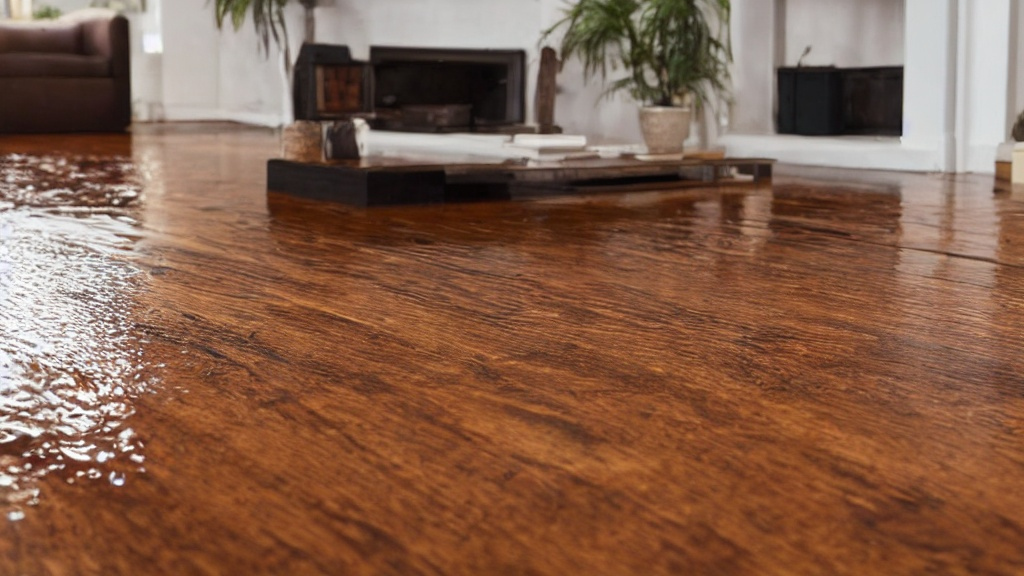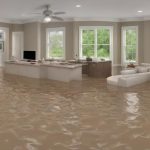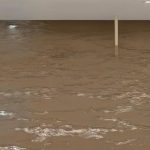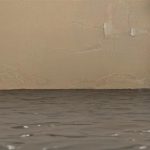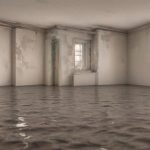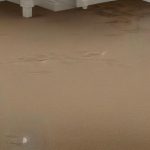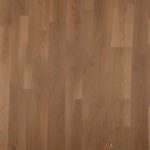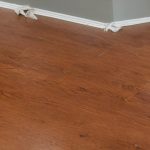Introduction
Wood floor water damage is a prevalent issue that many homeowners face, often stemming from various sources such as burst pipes, leaky roofs, plumbing mishaps, or even simple oversights like leaving a window open during a rainstorm. The vulnerability of hardwood flooring to water underscores the importance of regular monitoring and maintenance. In this guide, we’ll explore the causes, signs, and effective measures to tackle water damage to wood floors.
Understanding Wood Floor Water Damage
Wood floor water damage manifests in various ways, ranging from subtle discoloration to more severe effects like cupping or warping of floorboards. Excess moisture compromises the structural integrity of hardwood floors, leading to issues such as rot and mold growth. Detecting water damage early is crucial to preventing further deterioration.
Also Read: Dealing with Water Damage in Austin: A Comprehensive Guide
Spotting the Signs
Recognizing water damage on wood floors involves observing physical changes such as discoloration, cupping, or warping. Musty odors can also indicate hidden water damage and potential mold growth. Monitoring moisture levels with a moisture meter is essential for assessing the severity of damage accurately.
Causes of Water Damage
Water damage to wood floors can result from various sources, including sudden disasters like flooding or slower leaks such as plumbing issues or high humidity levels. Regular inspections and prompt action are necessary to prevent further damage.
Effective Measures for Mitigation
Upon detecting water damage, swift action is crucial to prevent permanent damage and mold growth. Steps include stopping the source of the leak, removing excess water, thorough drying using fans and dehumidifiers, and cleaning the area with mild detergent to prevent mold and mildew.
When to Seek Professional Help
While minor water damage can often be addressed with DIY methods, significant damage or persistent issues may require professional restoration services. Signs such as mold growth, prolonged exposure to water, or extensive structural damage indicate the need for professional intervention.
The Role of Restoration Professionals
Certified restoration professionals like Carpet Tech specialize in identifying, repairing, and restoring wood flooring from water damage. Their expertise ensures a comprehensive restoration process tailored to individual needs, from initial assessment to final walkthrough.
Insurance Coverage for Water Damage Restoration
Navigating insurance claims for water damage restoration can be daunting, but understanding your policy and working with experienced professionals can streamline the process. Restoration companies like Carpet Tech assist with documentation and communication with insurance adjusters, ensuring a smooth and efficient claims process.

Prevention and Maintenance
Taking proactive measures to prevent water damage is essential for maintaining the longevity of wood floors. This includes promptly addressing spills, maintaining protective coatings, avoiding excessive moisture during cleaning, inspecting plumbing regularly, and having a trusted contact check your home during absences.
Also Read: Water Damage Austin: Protecting Homes and Businesses in Central Texas
Conclusion
Water damage to wood floors poses significant challenges to homeowners, but with timely detection, effective mitigation measures, and professional assistance when needed, the impact can be minimized. By prioritizing prevention and maintenance, homeowners can safeguard their valuable wood flooring for years to come.
In conclusion, addressing water damage to wood floors requires a combination of vigilance, prompt action, and professional expertise. By understanding the causes, signs, and effective measures for mitigation, homeowners can protect their investment and preserve the beauty of their wood flooring for generations to come.
